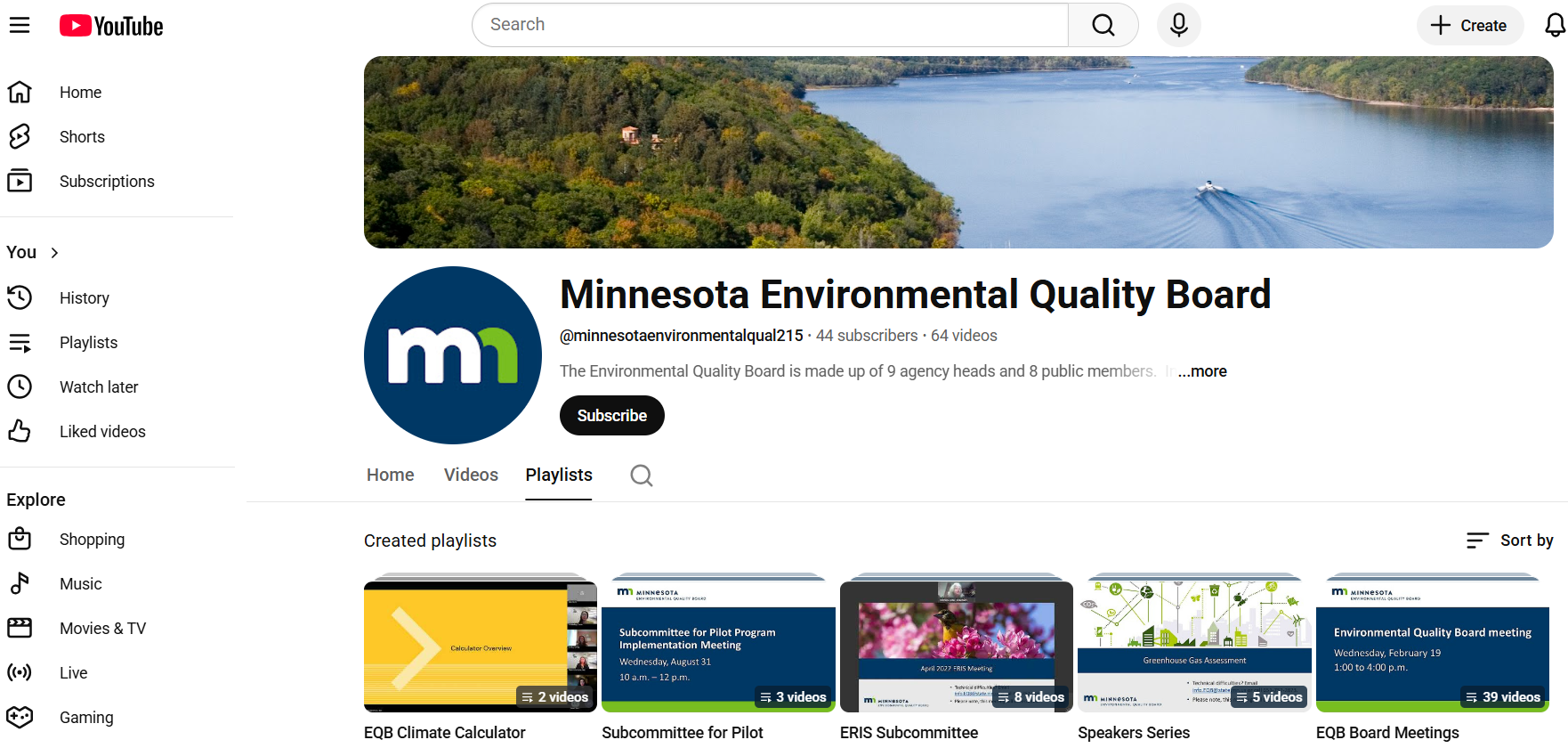 Environmental review is an important tool to help communities plan for large projects that may or do have the potential for significant environmental effects. Practitioners may be employees of local government units, environmental consultants, government regulators, or others tasked with completing environmental review documentation and providing valuable public notice opportunities. Every practitioner brings unique skills and perspectives to the process, but it can be complex, even for seasoned professionals.
Environmental review is an important tool to help communities plan for large projects that may or do have the potential for significant environmental effects. Practitioners may be employees of local government units, environmental consultants, government regulators, or others tasked with completing environmental review documentation and providing valuable public notice opportunities. Every practitioner brings unique skills and perspectives to the process, but it can be complex, even for seasoned professionals.
EQB staff is available to assist environmental review practitioners understand when environmental review is required and interpret Minn. Rule 4410. You can contact EQB technical assistance staff via email at env.review@state.mn.us or call us at 218-757-2873.
Guidance links
Environmental Assessment Worksheet (EAW)
Environmental Impact Statement (EIS)
Alternative Urban Areawide Review (AUAR)
Generic Environmental Impact Statement (GEIS)
Training opportunities
EQB staff host regular, free virtual trainings via Teams geared towards professionals. Webinars are posted on the Minnesota Environmental Quality Board YouTube channel. To stay up to date on new videos and trainings, subscribe to our channel on YouTube.
Environmental Review Projects Database & Interactive Map
EQB works to increase accessibility of environmental review project information via the Database and its Interactive Map. Practitioners may gain insight from similar projects that have successfully completed review in the recent past.
Technical Services Master Contract
The Master Contract for Environmental Review and Technical Services was created to help government agencies increase administrative efficiency by simplifying the contracting process. Learn about user eligibility, services offered, and eligible consultants.
Resources
2010 Guide to Minnesota Environmental Review Rules
This guidance document is meant to support an RGU as they develop climate related information on the EAW form.
ER 101 - for Local Governments
A quick guide to the environmental review process.
Working with Consultants: A Guide for Local Governments
Information and tips for local governments about hiring and working with consultants to help prepare environmental review documents.
Working with Consultants: A Guide for Project Proposers
Information and tips for project proposers about hiring and working with consultants to prepare environmental review data submittals.
